Features of the structure of ferns, life cycle, beneficial properties, use in medicine
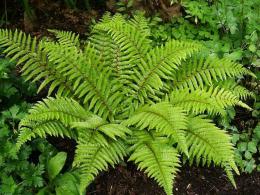
Ferns are very beautiful plants, however, not everyone knows the structural features of ferns and their physiology. This article provides a brief description and photographs of this culture.
Content:
- Fern is an amazing plant, description and photo
- Features of the structure of the fern and its rhizomes
- Life cycle, sporophytes and gameophytes
- What features of the structure and physiology of ferns prevented them from spreading?
- The value of ferns in medicine, beneficial properties
Fern is an amazing plant, description and photo
Ferns belong to the genus Osmundov. This is a very beautiful herbaceous plant, native to Asian countries. Currently, the plant grows in the wild in the Philippines, China, Ukraine and the Russian Federation.
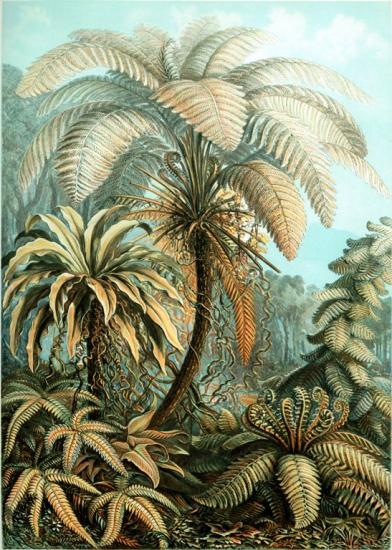
Ferns live mainly in forests, especially in the humid tropics. It is thanks to moisture that the plant reproduces well.
Ferns have:
- rhizome;
- stem;
- leaves (foliage is also called fronds).
The leaves initially have the shape of a snail's shell, as they are slightly curled, subsequently they unwind and completely unfold, forming a flat shape.
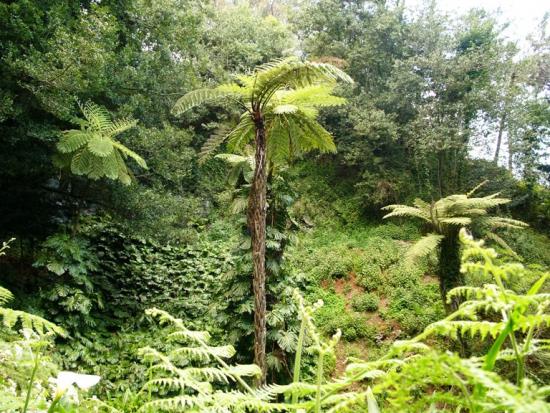
The size of the leaves depends on the shape and type fern. Tropical fern has whole and dissected leaves.The size of the foliage can be from four centimeters to five meters. In some cases, ferns can resemble vines with tall stems and large leaves, with lengths of up to thirty meters possible.
There are also tree-like forms that resemble trees, with an approximate height of 10 m or more. In this case, the foliage and stem are climbing.
Let's watch an interesting video about ferns growing in nature:
Features of the structure of the fern and its rhizomes
Structure fern unique and very different from other cultures. In addition to the leaves and stem, there is a rhizome from which the roots extend. The root system in size ranges from 20 centimeters to 1 meter. It all depends on where the plant is located.
Foliage is the above-ground part of a plant that grows indefinitely. There are brown tubercles on the inside of the foliage.

If you look at this part under a microscope, you can see the shape of small umbrellas. These tubercles cover the sacs that contain spores. Thanks to spores, ferns reproduce. Spore germination occurs only in moist soil.
Life cycle, sporophytes and gameophytes
Each fern alternates between sexual and asexual generations of hematophyte and sporophyte. The predominant phase is the sporophyte phase, most often these are perennial ferns.
Sporangia are formed in the lower part of the leaves, and spores appear in them. When plants are in a favorable climate, spores begin to germinate, and small plates are formed from them - shoots.
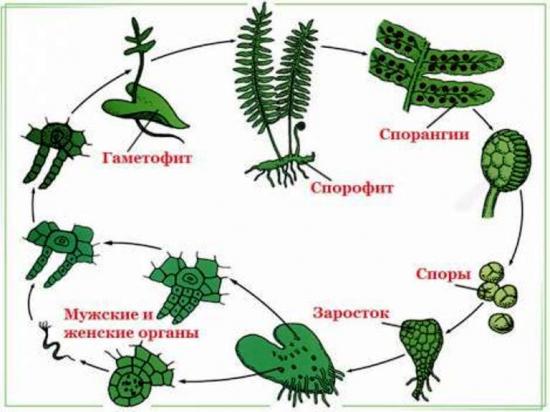
They are hematophytes; in ferns they are often bisexual, that is, they have both male and female reproductive organs, in which both sperm and eggs appear. The fertilization process is carried out in a small amount of water.
The zygote is needed for the development of the embryo, which gradually takes root. A sporophyte is formed from the embryo. Some types of ferns have spores of different sizes; such plants are called heterosporous. Male spores are very small, these are microspores; when they germinate, a male gametophyte is formed, and over time, organs producing male cells appear on it.
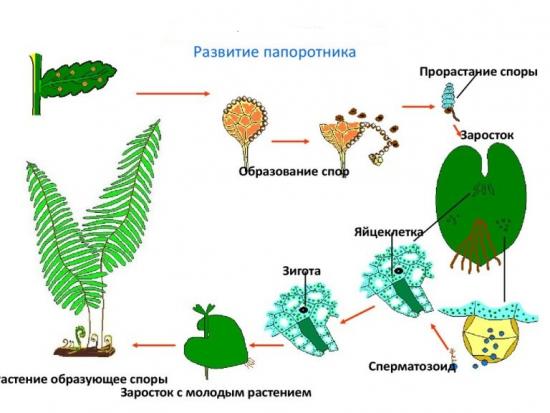
Female spores are large, they are called megaspores, the female gametophyte is formed on them, these spores create eggs. When useful substances accumulate in the spores, this creates a beneficial environment for heterosporous plants; as a result, hematophytes acquire intracellular development, trying to absorb the accumulated useful substances.
Due to rapid development, the fertilization process occurs earlier than usual and the cycle ends much faster. Heterosporous pteridophytes are resistant to environmental changes.
Let's watch an interesting video about the structural features of the fern and its life cycle:
What features of the structure and physiology of ferns prevented them from spreading?
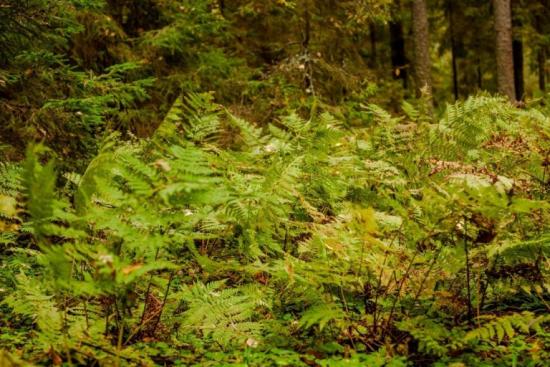
Ferns are unable to spread due to the following reasons:
- Unlike seed plants, ferns have a poorly developed root and vascular system; for this reason, growth slows down, and thus they lose out to other crops.
- Spores, unlike seeds, are less protected, and many of them die before they have time to degenerate into a gametophyte.
- Reproduction requires water; for this reason, ferns are not able to grow and fertilize in dry places.
The value of ferns in medicine, beneficial properties
Fern has beneficial properties due to its composition, which includes:
- starch
- carotene
- vitamin B2 and E
- alkaloids
- riboflavin
- tannins.
In medicine it is actively used as an anthelmintic.
In folk medicine, plants are effectively used to treat purulent wounds, male rheumatism, eliminate cramps and ulcers.
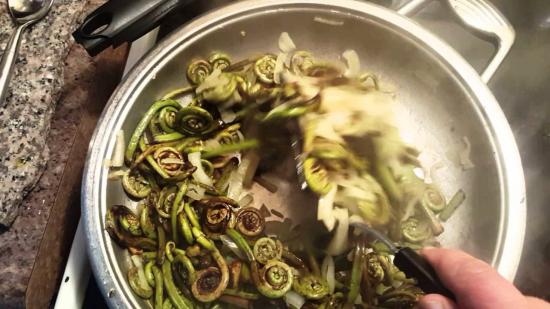
The tincture is made only from the root system and is used for external use. Fern should be used with caution, as in some cases it is contraindicated and can cause serious harm to the body. In particular, caution should be exercised in patients with tuberculosis, anemia and kidney disease.
So, fern is a very beautiful green plant. If the plant is used as a remedy, be sure to consult a doctor!

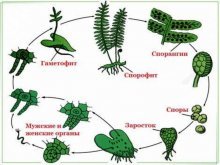
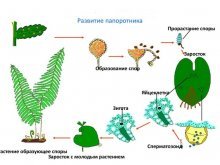
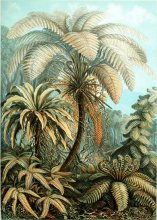
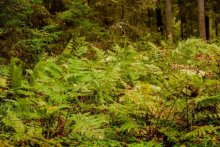
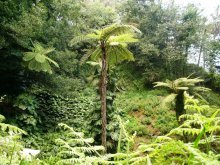

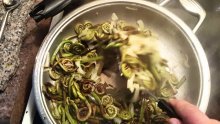

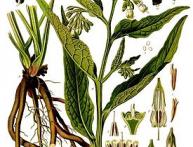
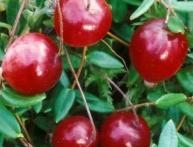
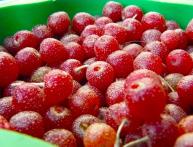
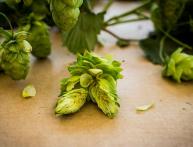
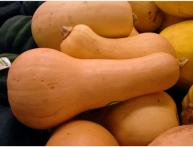

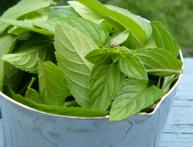
Comments
Ferns are very ancient plants, which is why they are more complex than those plants that reproduce by seeds. The easiest way is to use fern externally to treat various wounds.
I have not seen ferns in our area, and in pharmacies I have not seen any dosage forms based on its rhizome. It’s a pity, because I read a lot about its use by various herbalists.